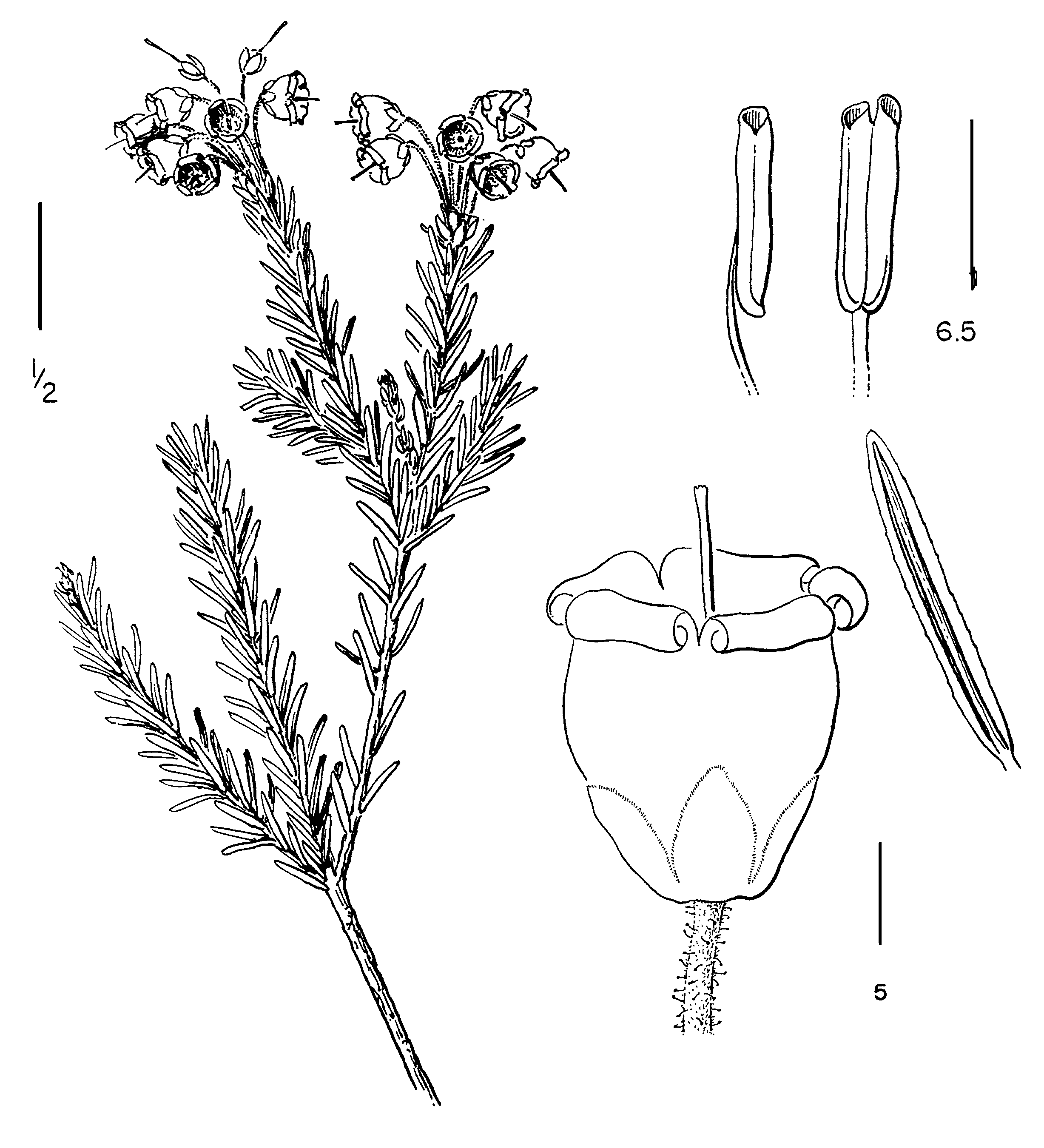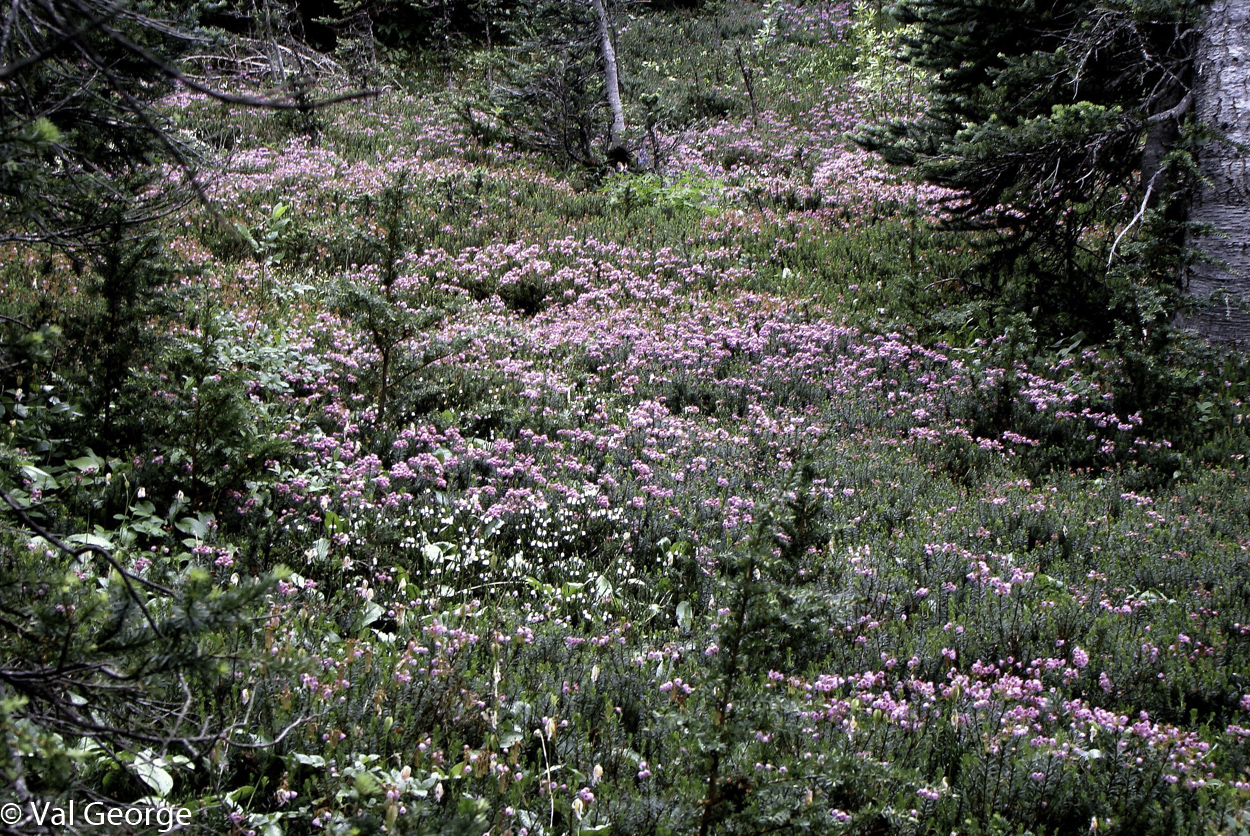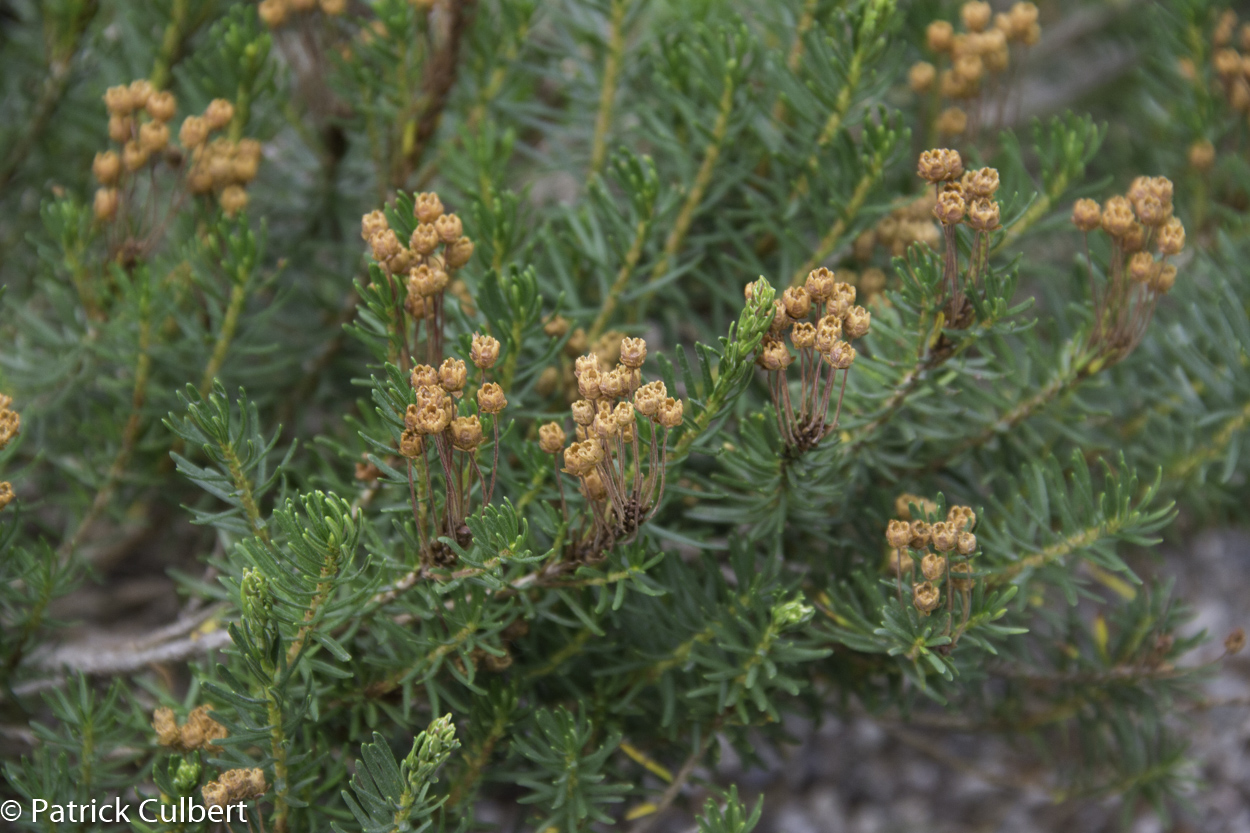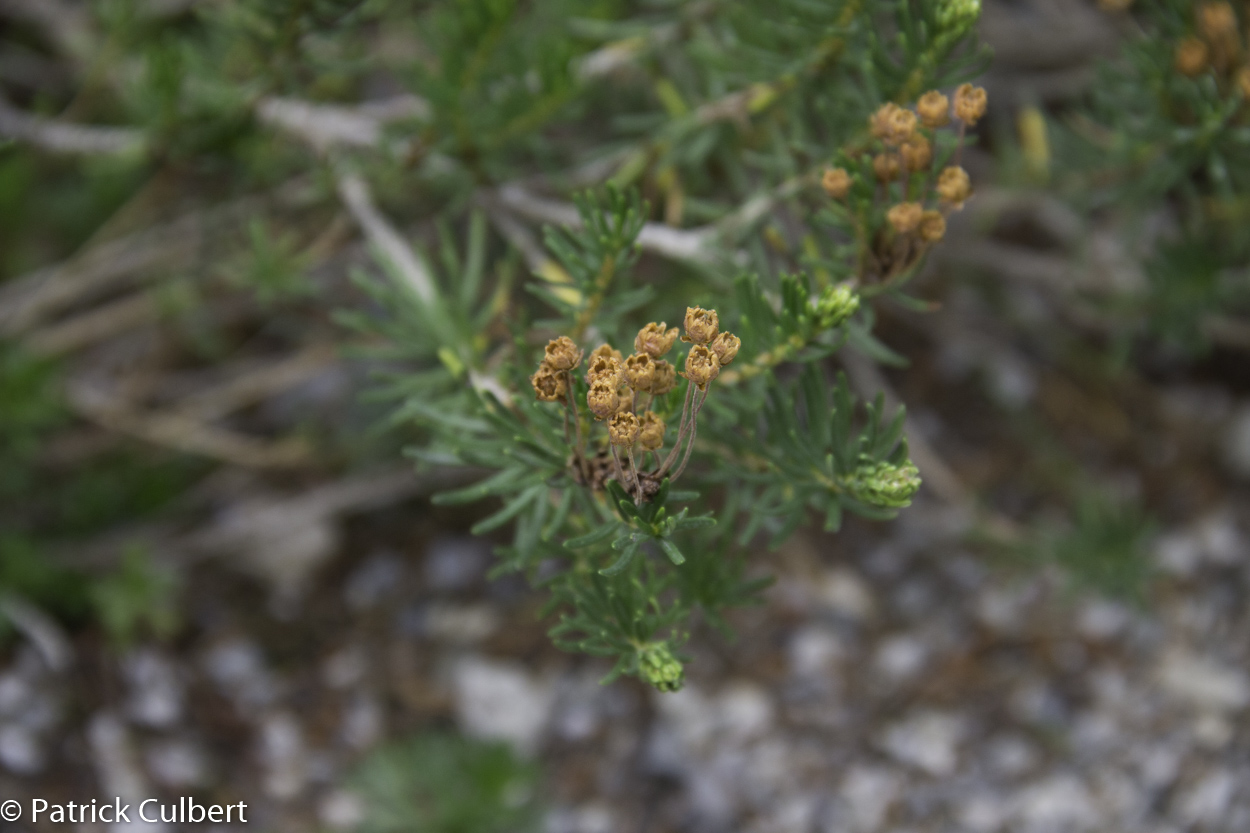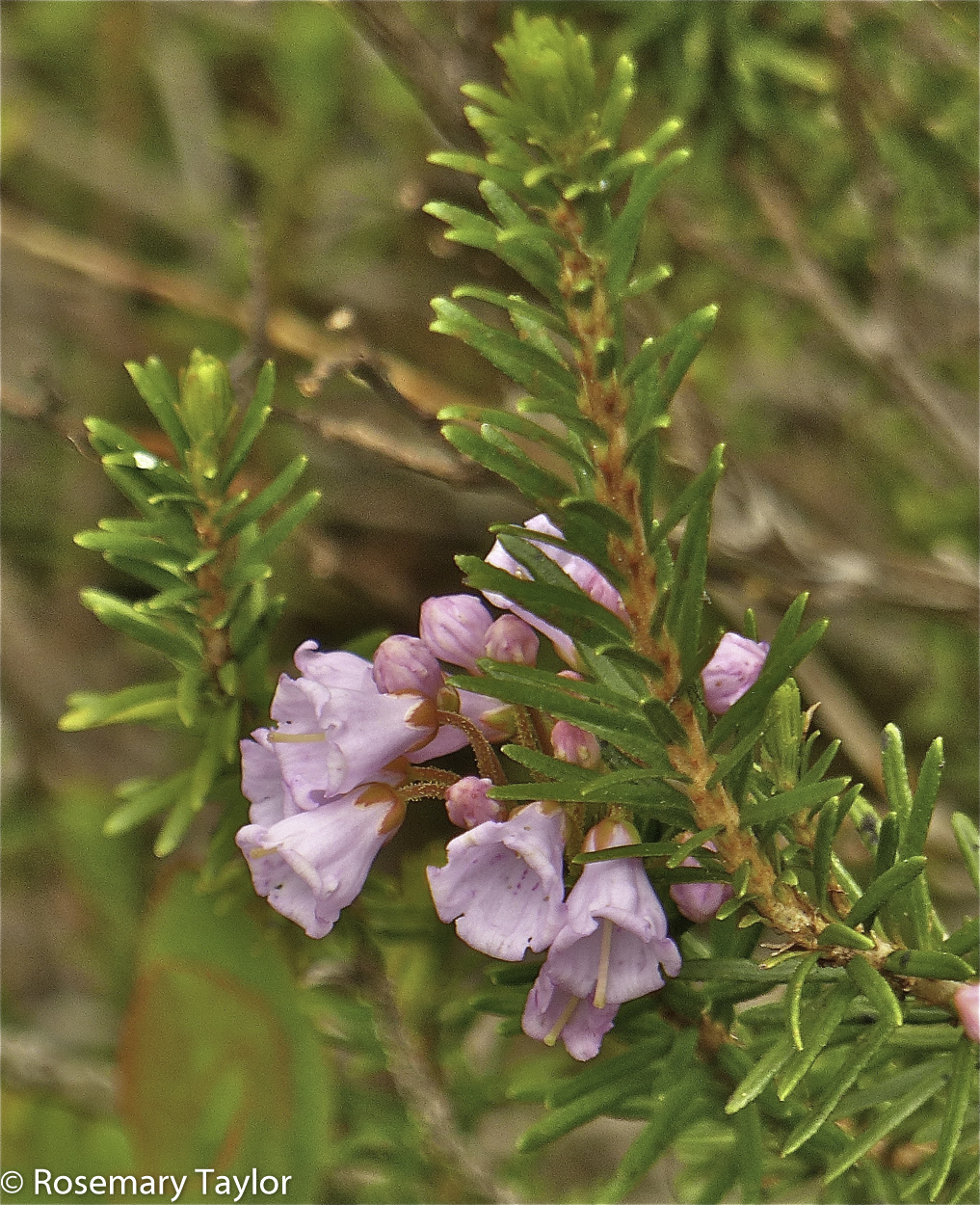Phyllodoce empetriformis – pink mountain heather
Common Name
pink mountain heather
Alternate Common Names
- pink mountain-heath
Family
Ericaceae
Scientific Name
Phyllodoce empetriformis
Soil Moisture Regime (SMR)
- Moderately Dry (MD)
- Medium (M)
Soil Nutrient Regime (SNR)
- Poor (P)
Video link
Hitchcock, C. Leo, and Arthur Cronquist. Flora of the Pacific Northwest: An Illustrated Manual © 1973. Reprinted with permission of the University of Washington Press.
General / Habitat
- Low, mat-forming shrub
- Common to subalpine and alpine heath
- Occasionally found below treeline on rocky sites
Key Identifying Characteristics
- Form: Much-branched, stems erect to 10-40 cm tall, young stems glandular-hairy
- Leaves: Alternate, evergreen, needle-like, linear, 1 cm long, groove on lower surface
- Flowers: showy, pink, bell-shaped, nodding, one to many in terminal cluster
- Fruit: Seed-containing capsules
Lookalikes
- Can be confused with other heathers and crowberry
- Cassiope species lack visible groove on lower leaf surface
- yellow mountain-heather (Phyllodoce glanduliflora) is less common in the Vancouver region and has yellow flowers
- crowberry (Empetrum nigrum)has smaller, fleshier leaves
Co-occurring Species
- Often forms large mats woven in with smaller numbers of Cassiope mertensiana
External References
Sources
Douglas, G.W. et al (Editors). 1998-2002. Illustrated Flora of British Columbia, Volumes 1 to 8. B.C. Min. Environ., Lands and Parks, and B.C. Min. For., Victoria, B.C.
Pojar, J. and A. MacKinnon. 2014. Plants of Coastal British Columbia Including Washington, Oregon & Alaska. B.C. Ministry of Forestry and Lone Pine Publishing. Vancouver, B.C.

